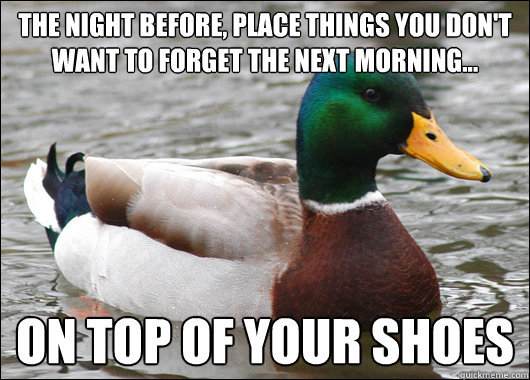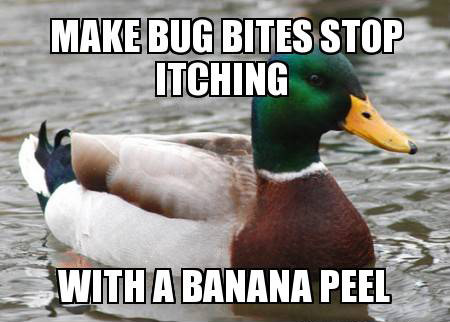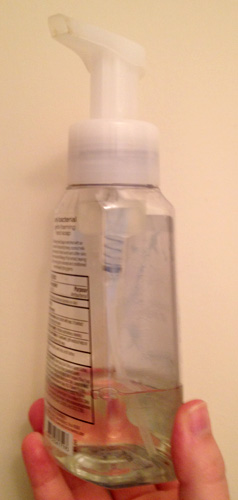It happens to us all, even with games we absolutely love. Sometimes, you just get TIRED of a game…it doesn’t seem to have the same level of challenge and fun that it used to. Whether the game is on a disc, online, or played on a tabletop, sometimes we just lose interest–it seems we’ve conquered everything.
But wait! Before you sell off that game disc, close out your online account, or trade away all the game pieces, take a moment to rethink. You might not be “done” with the game–you might just need a new perspective on it.
Perspective Change #1: Observe How Others Play
Once you’ve been playing a game for a long time, you can get set in certain ways of playing. You might set up your item inventory the same way all the time, or you might play certain card combos in exactly the same way. All that sameness is very comfortable, but it can also be…boring.
To start shaking up your gaming experience, simply watch other people play the game, and take note of how they do things differently from you. This works even better if you’ve lent them your game/game pieces–for instance, how do they play that Heroclix piece differently from you? What can you learn from their approach? Just taking time to appreciate another’s gaming style as opposed to your own can help you feel less bored about the game.
Perspective Change #2: Try Something New in the Same Old Game
I’m quite guilty of choosing the same character or same playstyle all the time, especially when it comes to fighting games. It’s hard for me to learn a different character’s fighting style when I’ve gotten so used to mashing X for a jump attack or A and B together for a super-punch, and so on. But choosing a different character or playstyle can be just the ticket to refreshing your interest in the game–you just have to be willing to be a “newb” again.
What do I mean by “being a newb?” I mean starting with a playstyle you’re not familiar with at all–trying something completely off-the-wall, something that goes against your traditional choice. It might be difficult at first, but think of it as a new challenge in an old game. (For instance, if you have only played Red decks in Magic: the Gathering, how about trying a Blue or White deck?) Also, ask other players for advice as you try new things; it’s not a cardinal sin, and you might just revive their interest in the game, too!
Perspective Change #3: Teach a Newbie
Not all of us are natural teachers, but you can at least demonstrate the game to a person who’s interested in playing. Show them your favorite parts of the game–if it’s a video game, show them your favorite area of the game, or your weapons/items of choice, for instance. Tell them why you enjoyed these bits of the game so much, and what drew you to these items, etc.
As you show the new player these game features, take time to observe their reactions, and really listen to their questions. For them, this is all uncharted territory–it’s all new and exciting! Allow this attitude of discovery to rub off on you; see your old “boring” game through their eyes. Who knows, they might discover something new about the game or point out a challenge you never knew was there. Remember the old adage about “seeing things with fresh eyes?”
Summary
Gaming ruts don’t have to last forever! With these tips, you might just find a whole new gaming experience hiding underneath all that boredom. Give them a shot!











































